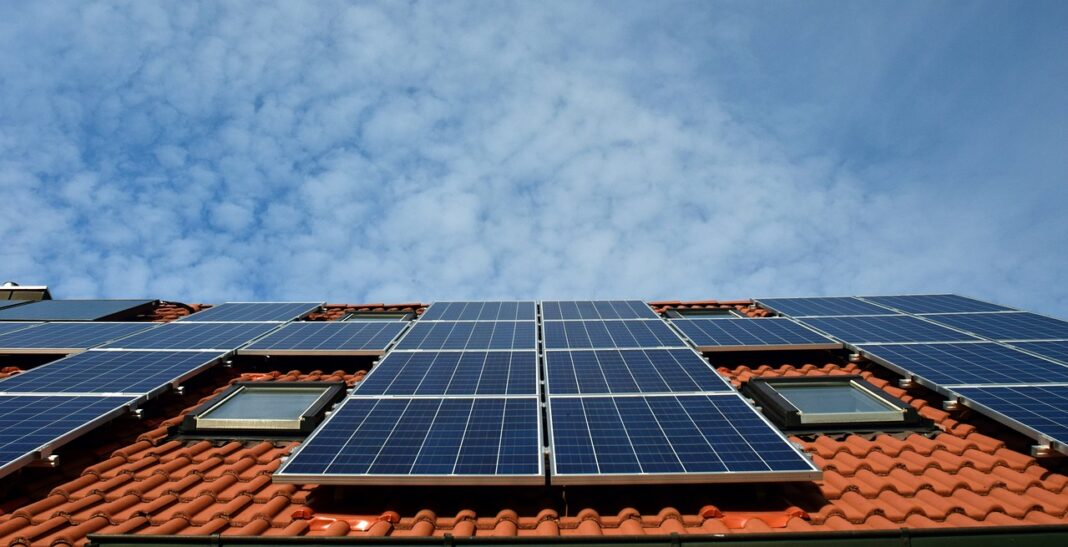In a world that’s becoming more focused on the environment, many people in the UK are looking towards green technologies to make their homes and businesses more sustainable.
Solar panels are a prime example. But how do you determine if such an investment is financially savvy? The answer might lie in a tool that many of us use daily: Microsoft Excel.
By understanding how to leverage Excel, you can calculate the ROI for these technologies, ensuring that your choices are both eco-friendly and financially sound.
Benefits of green technologies
There are many reasons to invest in green technologies for your home or business, including:
- Environmental impact: The primary benefit of green technologies is their reduced environmental impact. Using sustainable energy sources decreases our reliance on fossil fuels, reducing emissions and our carbon footprint.
- Reduced utility bills: Over time, adopting sustainable technologies can lead to significant savings on utility bills. For example, solar panels can sometimes generate enough energy to sell back to the grid, earning you money rather than costing you.
- Property value boost: Homes equipped with green technologies such as solar panels often see an increase in property value. Prospective buyers are drawn to the reduced energy costs and the eco-friendly appeal.
Calculating ROI with Excel
Calculating ROI isn’t just about subtracting your initial investment from your gains; it’s about understanding the long-term value and potential growth. This is where Excel shines, as you’ll learn if you sign up for a course ( EG this course offers Excel training in London.)
ROI is calculated by taking the net profit from an investment and dividing it by the cost of the investment:
ROI = (Net Profit / Cost of Investment) * 100
However, when considering investments like solar panels, it’s crucial to account for long-term savings. Excel allows us to use functions like PV (present value) and FV (future value) to better understand the value of money over time.
Plus, things like maintenance or potential interest from loans can impact ROI. By creating a comprehensive Excel sheet, you can factor in all these elements to get a more accurate ROI.
Step-by-step guide to ROI in Excel
- Start simple: In cell A1, type ‘Cost of Investment’. In cell B1, input your total investment cost (for example, the cost of purchasing and installing solar panels).
- Determine net profit: Below, in cell A2, type ‘Annual Savings’. In B2, estimate your annual savings from green technology. This could be from reduced energy bills or income generated from selling excess energy back to the grid.
- Add up costs over time: If there are any ongoing costs, list them in column A – for example, ‘Maintenance’ in A3 – and input the costs in column B.
- ROI calculation: Finally, in cell A5, type ‘ROI’. In B5, input the formula: ‘= (B2 – B1 – SUM(B3:B4) / B1 * 100’. This will provide your ROI percentage.
While this is a basic option, Excel does offer a plethora of advanced functions to give you a more detailed insight. Functions like IRR (Internal Rate of Return) or NPV (Net Present Value) can help you dig deeper into the financial implications of your investments in green technology.
Understanding the financial implications of shifting to green technologies is crucial. Excel provides a robust platform to analyse these investments in more depth. Whether you’re a seasoned Excel user or just starting out, let it guide you in making an informed decision.


